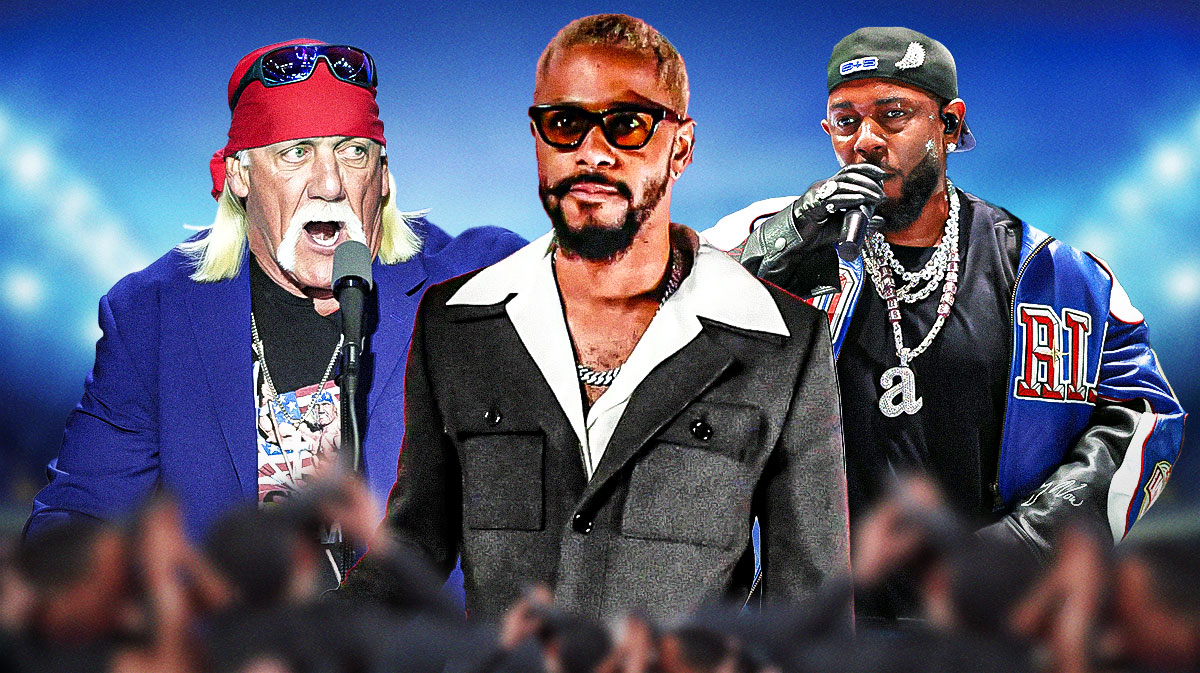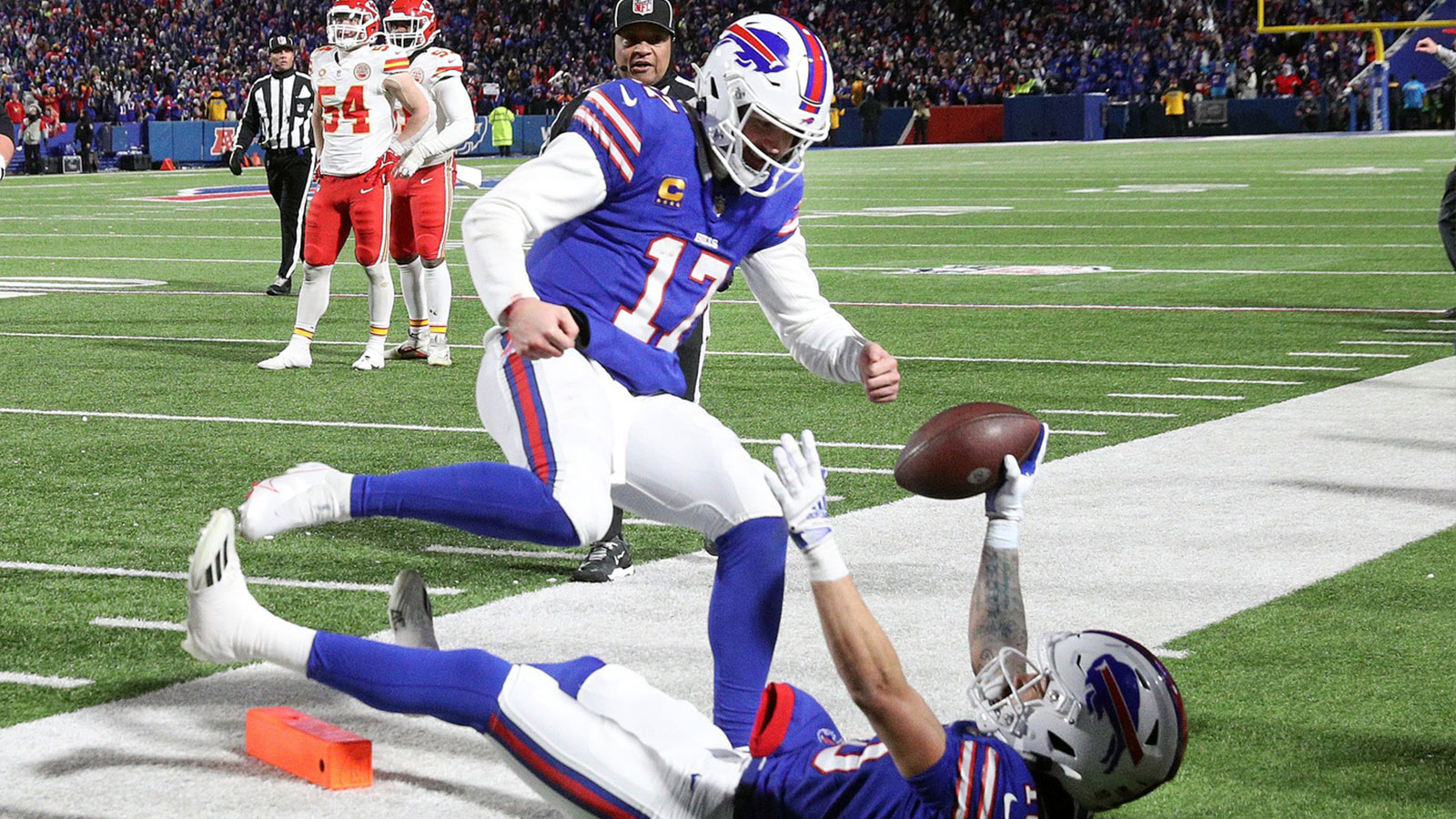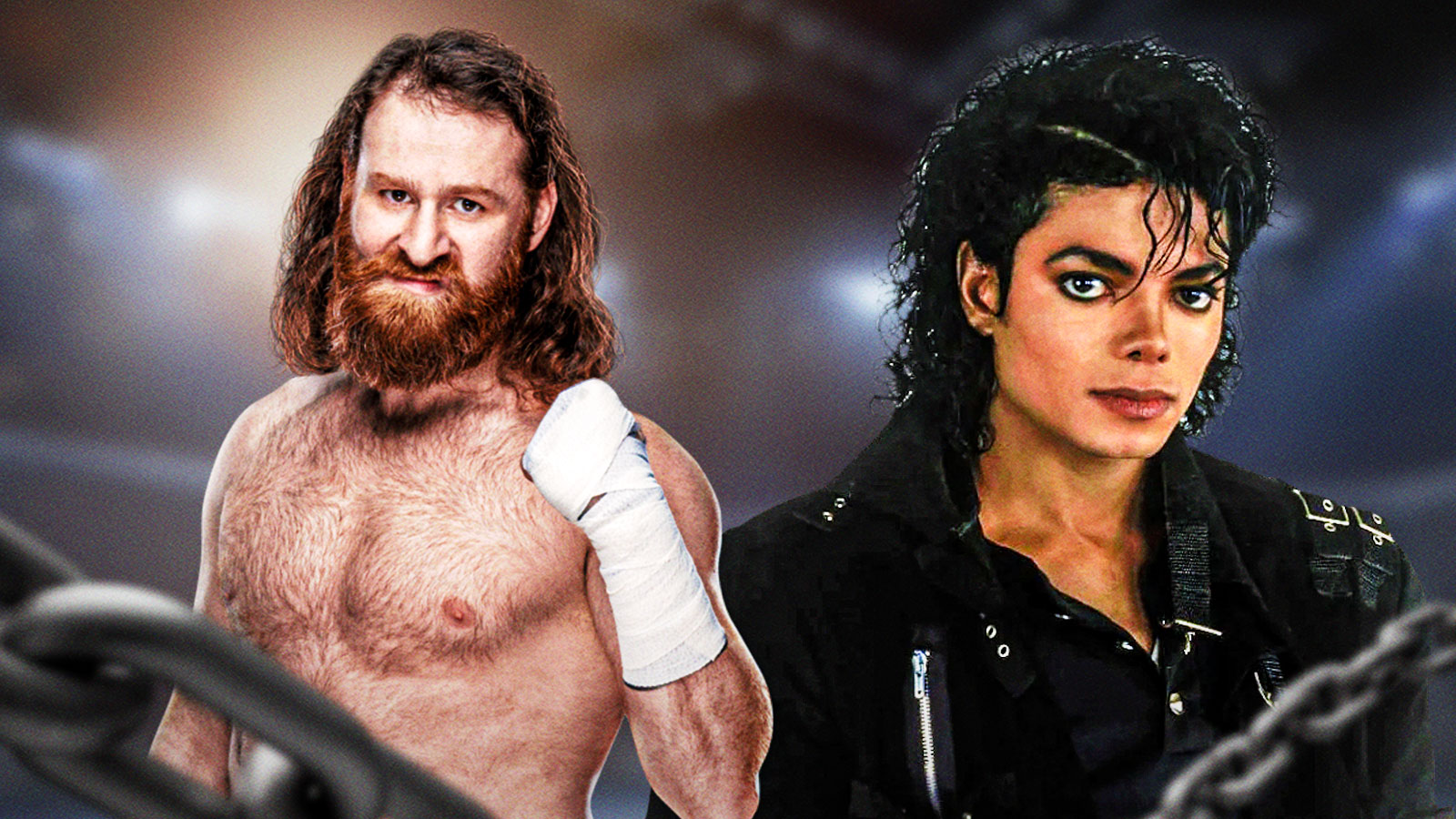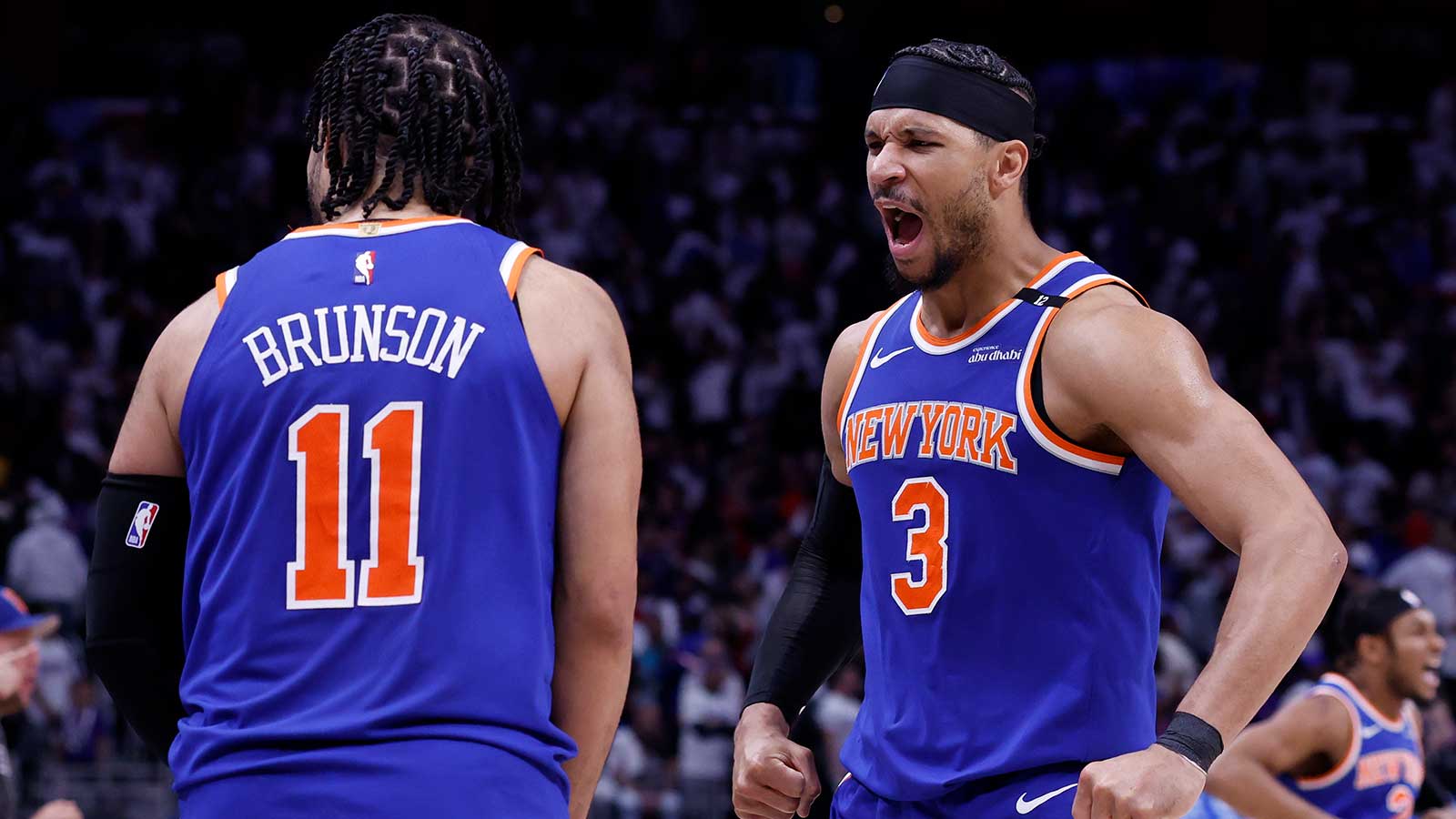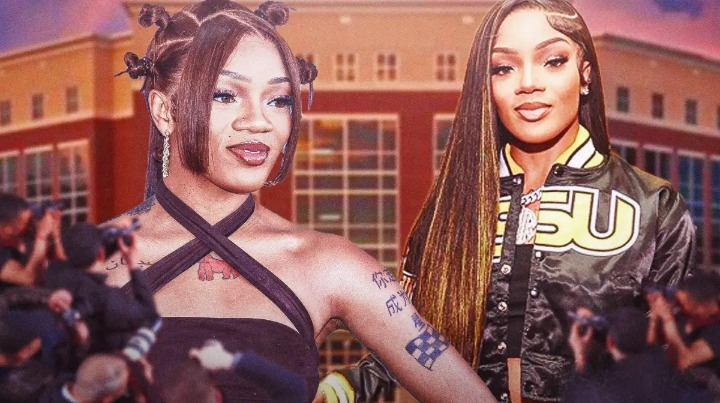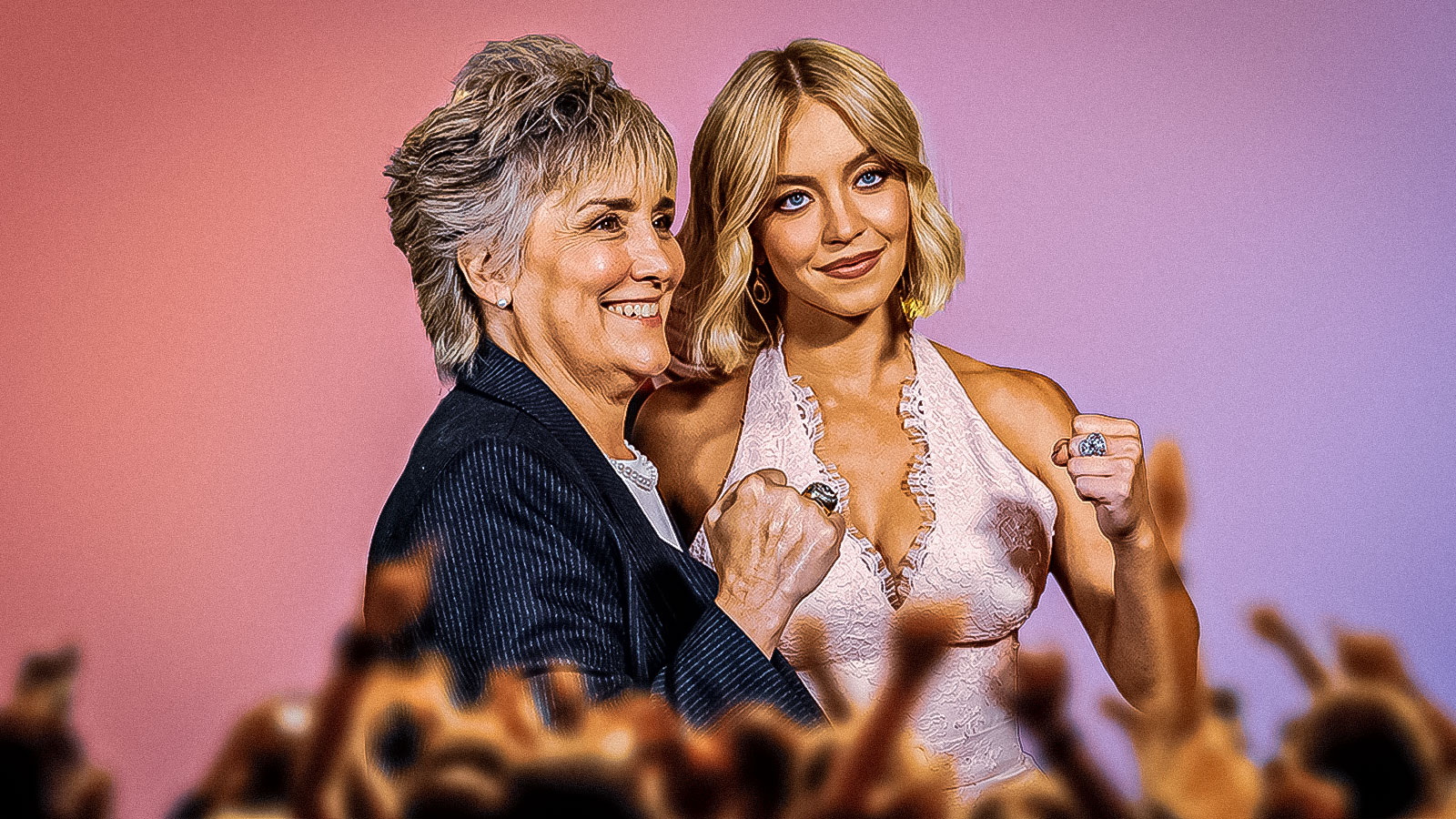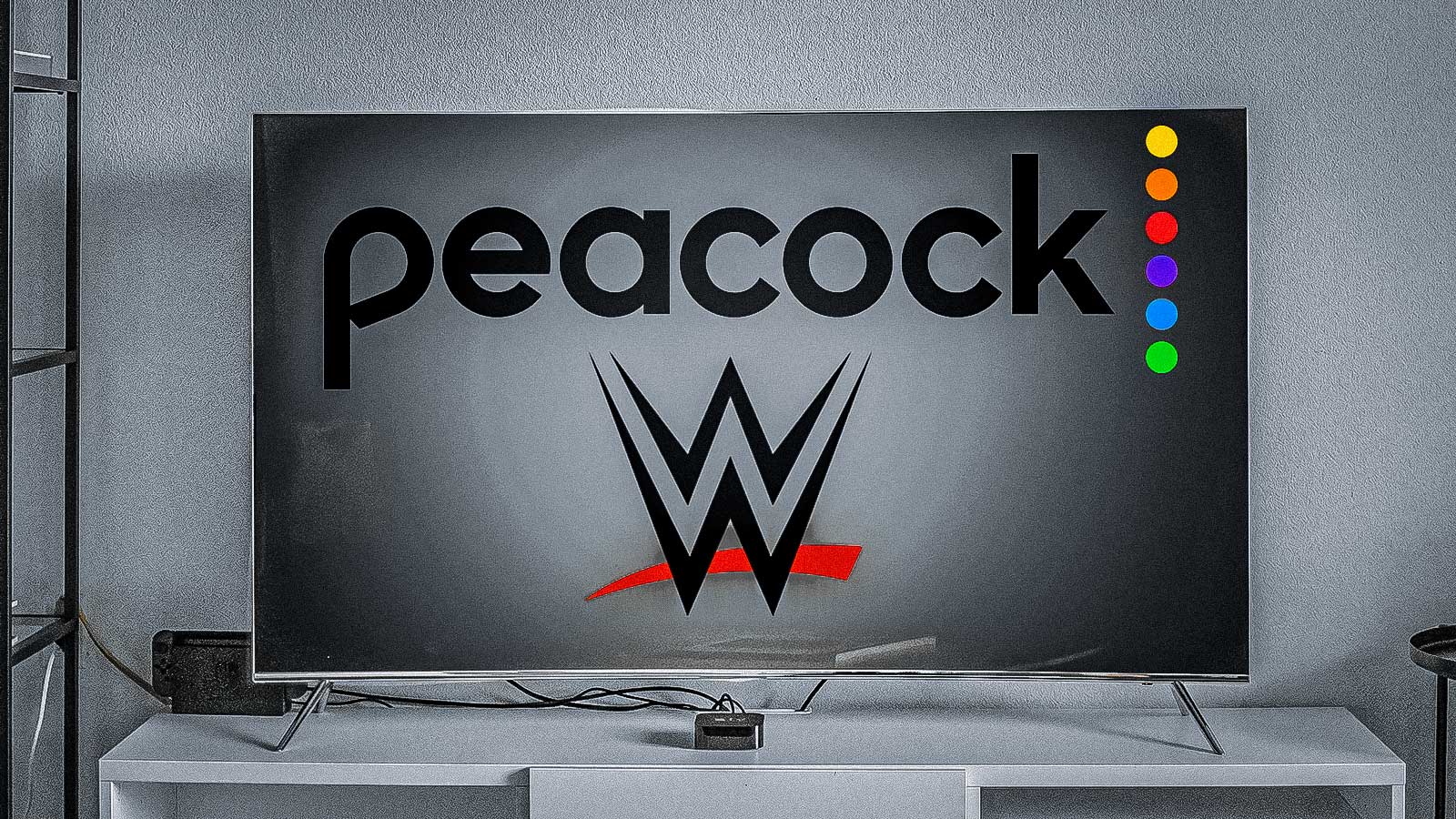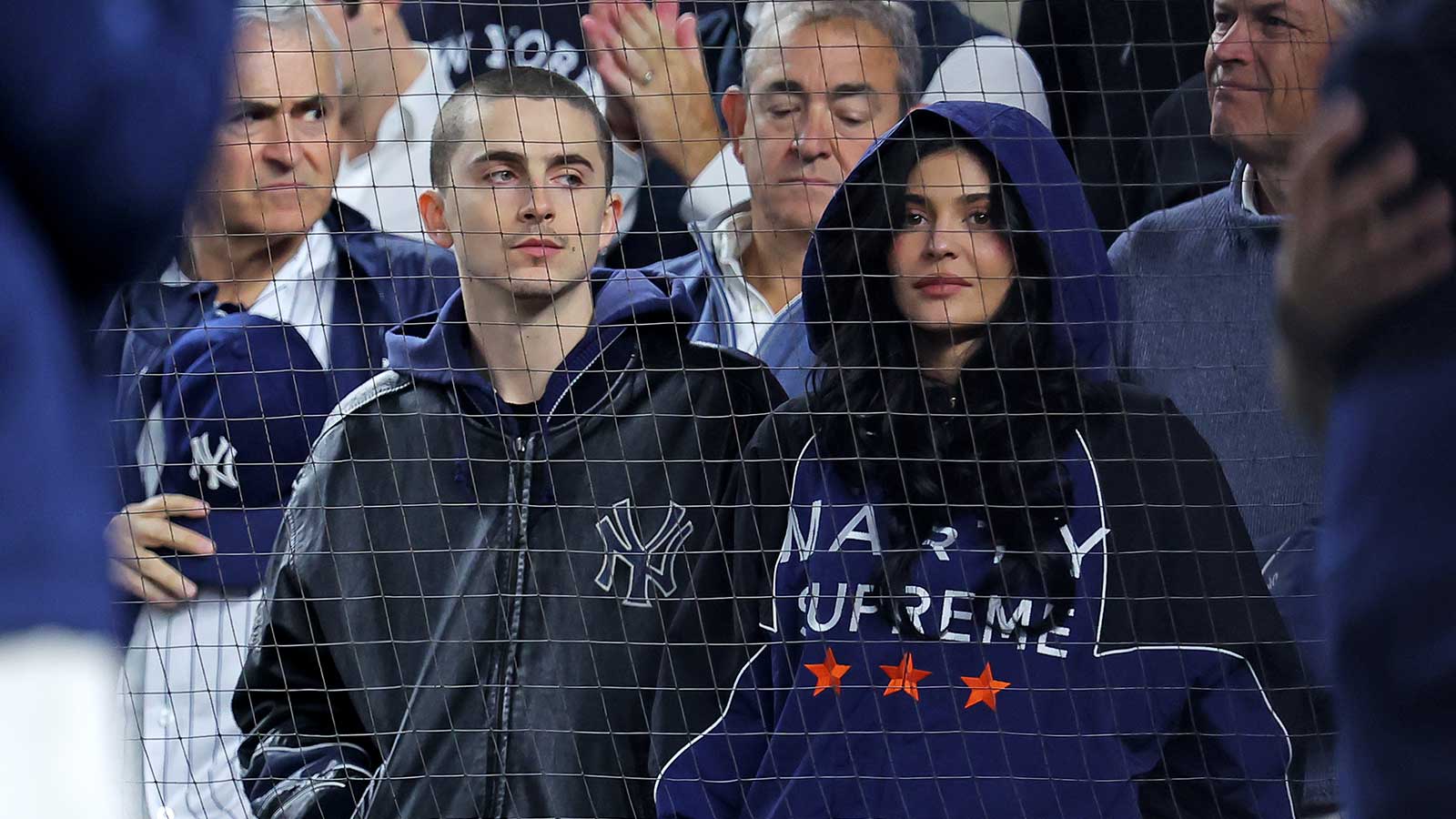Hulk Hogan's reaction to Kendrick Lamar's Super Bowl Halftime performance ignited debate, proving Lakeith Stanfield’s point about the ignorance surrounding Black art. While Lamar delivered an electrifying performance that resonated deeply with many, Hogan’s dismissive comments revealed a recurring cultural divide, per NODQ.
Hogan's Take on Lamar’s Performance
In an interview with Fox News, Hogan admitted he “couldn’t understand a word that was being said.” He described a chaotic scene at his house, with the volume turned up and guests yelling. His statement, though casual, suggested a broader issue—one where Black artistry is often dismissed rather than engaged with. Hogan went further by jokingly expressing his desire for Willie Nelson to perform instead, which only underscored his disinterest in rap as a legitimate art form.
When the host asked whether he’d like to see Nelson headline a Super Bowl Halftime Show now that Donald Trump is president, Hogan eagerly responded, “Yeah, that would be great!” This response wasn’t just about musical preference; it echoed a pattern of erasing hip-hop’s cultural significance in favor of what some perceive as “real American” music.
Lakeith Stanfield’s Response
Stanfield, a vocal advocate for Black artistry, addressed Hogan’s remarks head-on. “The reaction to the halftime show by those that assume Black automatically means DEI and who like to pretend that rap is somehow not music is exactly what Kendrick’s point was,” he stated. “Feel emboldened in your ignorance.”
His response encapsulated a broader struggle that conscious Black artists face—being misunderstood or willfully ignored. Lamar’s performance wasn’t just a rap spectacle; it was a message, a piece of cultural commentary. Yet, for some, it was easier to dismiss it than to engage with its depth.
A History of Controversial Comments
Hulk Hogan’s comments about Lamar weren’t an isolated incident. In August, he stirred controversy by asking a rally crowd if he should “body slam Kamala Harris.” He mispronounced her name repeatedly while questioning her racial identity—another example of his pattern of racially charged remarks.
This situation highlights a larger issue in America. Certain figures, whether out of ignorance or deliberate dismissal, continue to undermine Black cultural contributions. But as Stanfield’s response shows, artists like Lamar will persist in pushing the conversation forward, whether critics understand them or not.

